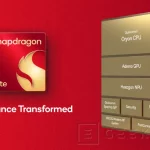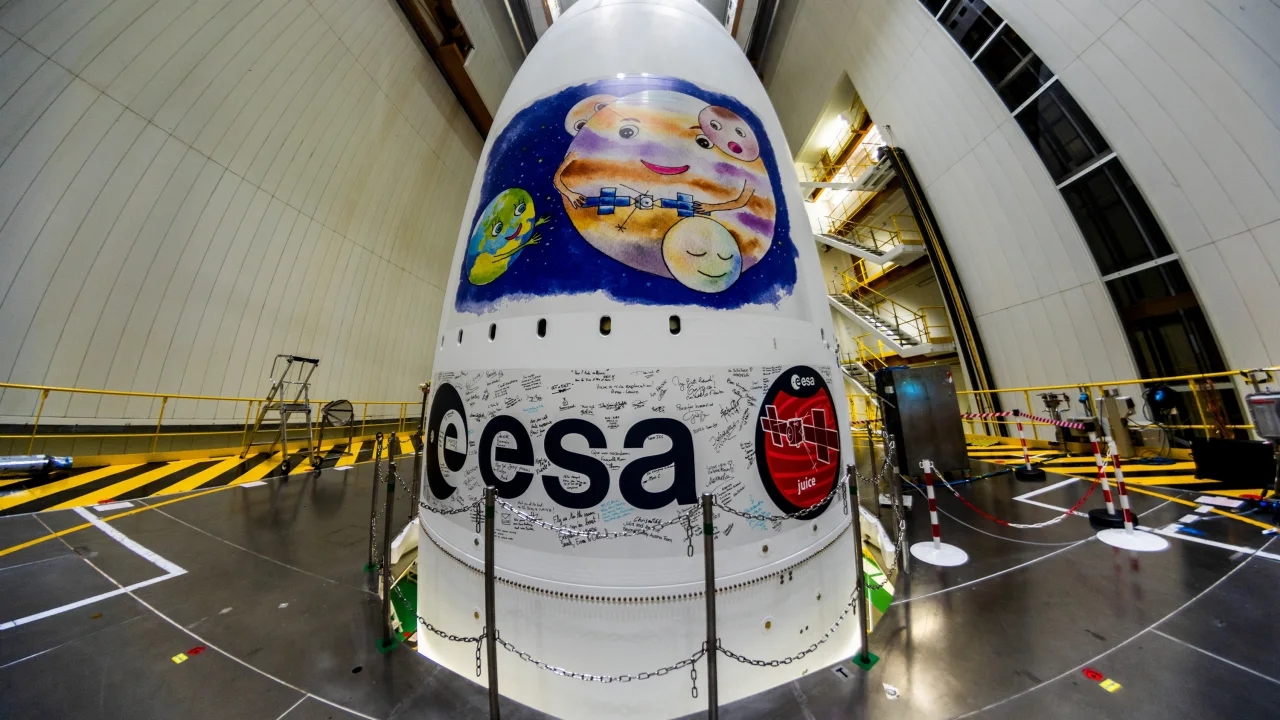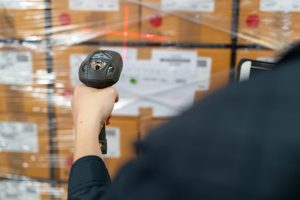() — The European Space Agency is about to send a spacecraft, on the Juice mission, to explore Jupiter and three of its largest and most intriguing moons.
The Jupiter Icy Moons Explorer, or Juice, mission was scheduled to lift off Thursday at 8:15 am Miami time aboard an Ariane 5 rocket from Europe’s Kourou spaceport in French Guiana. But lightning postponed the launch, which has been rescheduled for Friday at 8:14 am Miami time.
Follow the launch live on the page ESA website or in your Youtube channel.
Weather conditions often cause launch delays and postponements. In order for rockets to take off safely, specific weather criteria must be met. The James Webb Space Telescope, which launched aboard an Ariane 5 from the same location in December 2021, also suffered similar delays due to adverse weather conditions around Kourou.
Once launched, the spacecraft will separate from the Ariane 5 launcher after 28 minutes. Over the course of the next 17 days, Juice will deploy its solar arrays, antennas and other instruments, followed by three months of testing and instrument preparation.
Two years ago, kids from all over the world shared artwork inspired by Juice. Ten-year-old Yaryna’s artwork won the contest to become the mission’s logo and was added to the nose of the rocket carrying Juice. Credit: European Space Agency
Juice will take eight years to reach Jupiter, the largest planet in our solar system. During its long journey, the spacecraft will use some gravitational waves as it passes the Earth, the Moon and Venus to make the journey easier.
Once Juice reaches Jupiter in July 2031, the spacecraft will spend about three and a half years orbiting the gas giant and flying by three of its moons: Ganymede, Callisto and Europa. Towards the end of the mission, Juice will focus solely on orbiting Ganymede, making it the first spacecraft to orbit a moon in the outer solar system.

One illustration depicts Juice on his way to Jupiter. Credit: European Space Agency.
Ganymede, Callisto, and Europa are ice-covered worlds that could contain potentially habitable subterranean oceans.
For its part, NASA’s Europa Clipper mission, which will launch in 2024, is expected to reach Jupiter in April 2030 and make about 50 flybys of Europa, coming to just 25 kilometers (16 miles) above from the surface of that moon.
Together, both missions could reveal some of the biggest mysteries about Jupiter and its moons.
Up close to the king of the solar system
Jupiter exploration began with NASA’s Pioneer and Voyager missions in the 1970s, followed by dedicated Jupiter missions such as Galileo and the Juno probe. Juno has been orbiting Jupiter and has been flying by some of its moons since 2016.
The Juno mission’s main goal is to characterize the three icy moons and determine if they have oceans, as well as discover the characteristics that make Ganymede unique and determine if these moons are habitable. The mission will use a suite of 10 instruments to achieve these objectives.
Planetary scientists want to know how deep the oceans are, whether they contain salt water or fresh water, and how that water interacts with each moon’s ice cap. Ganymede, Callisto, and Europa also have different surfaces. The Juice mission could explain the activity that produces the dark or pale and streaky appearance of some moons.
Ganymede is the largest moon in the solar system, larger than Pluto and Mercury, and is the only one with a magnetic field similar to Earth’s. Instruments on Juice can reveal the Jupiterian moon’s rotation, gravity, shape, interior structure, and composition, as well as peer into its icy crust using radar.

An artist’s rendering shows the Juice mission flying over Ganymede, with Jupiter in the background. Credit: European Space Agency
Juice will analyze Jupiter and its moons to understand how the radiation and magnetic environment influenced their formation. Understanding the origin of Jupiter may help scientists apply their findings to planets similar to the gas giant.
Jupiter’s magnetic field is 20 times stronger than Earth’s and its radiation environment is very harsh, affecting its moons. The Juice mission will investigate the interaction between Jupiter and its moons, including auroras, hot spots, radio emissions, and waves of charged particles.
life potential
Although all three moons are shrouded in thick layers of ice, the core of each could be heating up, and that heat could make the interior oceans possible habitats for past or present life.
Juice can search the moons for clues to the building blocks of life, including elements such as carbon, oxygen, nitrogen, iron, and magnesium.
Previous missions to Saturn, such as Galileo and Cassini, confirmed the existence of liquid water on planets and moons far from the Sun, as well as the probability of groundwater.
“I think that [la misión] Juice confirms that our knowledge of where to look for potential habitats has changed over the past 20 years,” says Michele Dougherty, Royal Society Research Professor at Imperial College London and Principal Investigator of the Juice magnetometer.
Life, as we understand it on Earth, requires liquid water, a heat source, and organic matter, “and then those first three ingredients need to be stable enough for a long enough period of time that it can something happen,” Dougherty says.

The Juice mission will fly over the moon Europa twice. Credit: European Space Agency
“With [la] Juice, we want to confirm that there is liquid water on these moons, find out their heat sources. Other elements will also be able to remotely detect if there is organic material on the surface. It’s about bringing all these ingredients together,” he explains.
survive jupiter
The truck-sized ship, Juice, is designed to withstand the long journey to Jupiter and its extreme conditions. Two cross-shaped solar panels will power the ship and lead chambers will protect its most sensitive electronic components.
The mission, led by ESA (European Space Agency), includes contributions from NASA and the Japan Aerospace Exploration Agency. Testing and modeling of Jupiter’s radiation belts allowed engineers to prepare for what Juice will encounter.
“A key achievement of this model for us was demonstrating that what at first seemed like a dangerous place was not completely out of reach,” Christian Erd, Juice spacecraft and system manager, said in a statement. “About three and a half years on Jupiter will result in radiation exposure similar to that of a telecommunications satellite in geostationary Earth orbit for 20 years, something we have a lot of experience in managing.”

The Juice mission may investigate why each Jupiterian moon, like Callisto, has a different surface. Credit: European Space Agency.
To help Juice survive, her journey was designed to pass Callisto 21 times and Europa only twice. Europa is the closest moon to Jupiter and lies within its halo of radiation. Just two orbits of that moon will cause the spacecraft to experience a third of its total radiation exposure.
Some of Juice’s instruments are shielded, while others will be exposed to the elements to probe the atmospheres of Jupiter and its moons. Multiple images and sensors will capture and send data at different wavelengths.
Given the final distance between the spacecraft and Earth, it will take 45 minutes to send a one-way signal to Jupiter. But that’s nothing compared to the years it will take for Juice to reach Jupiter.
Scientists are already anticipating the unique data that the Juice mission will yield.
“I think the most critical moment is the first flyby of Ganymede,” says Dougherty. “The first one or two flybys is when we’re going to confirm the existence of an ocean.”
‘s Katie Hunt contributed to this report.















